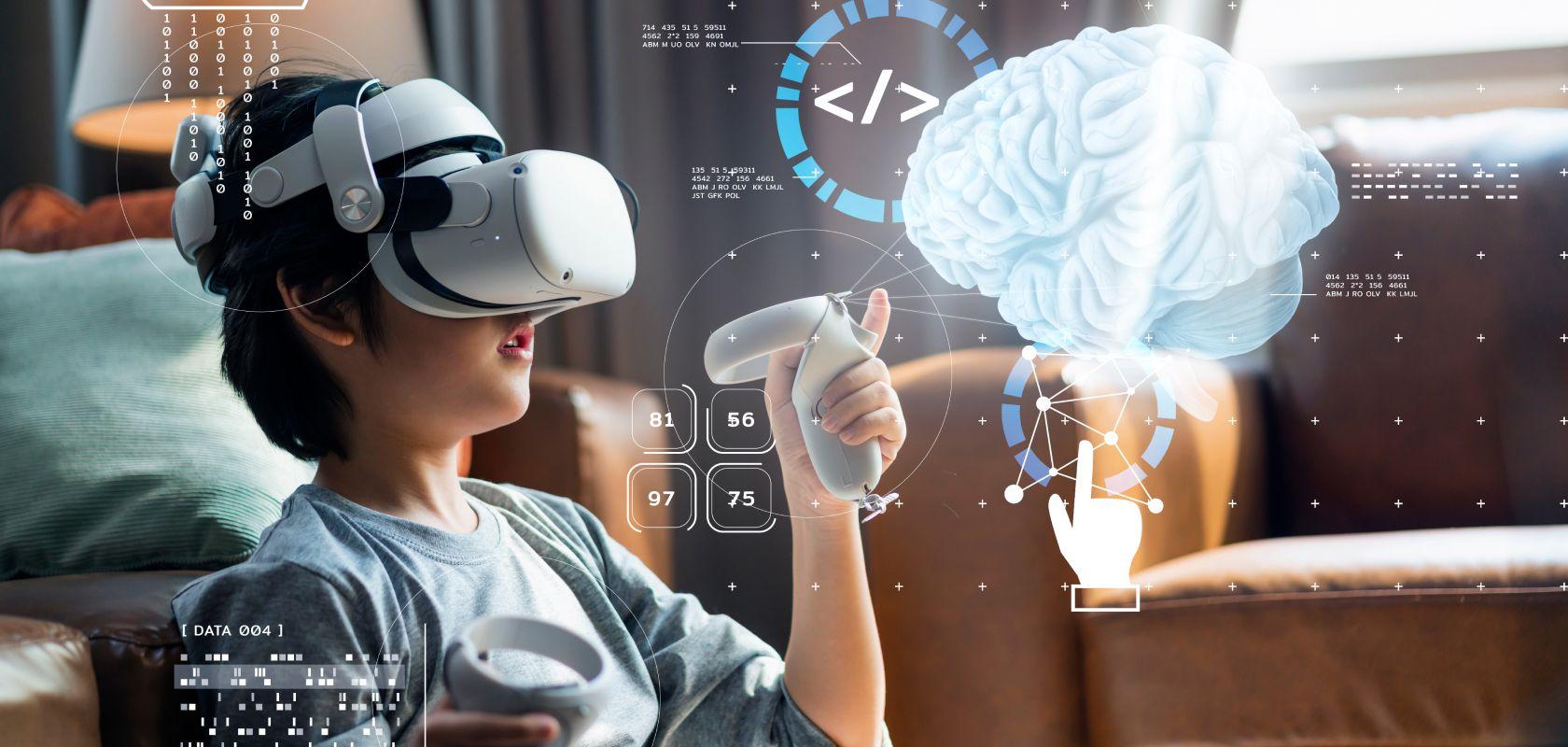Virtual Reality Education – Stepping Into the Classroom of the Future

Education has always evolved alongside technology—from chalkboards to laptops, from textbooks to tablets. Now, a new frontier is emerging that takes learning beyond screens and straight into immersive experience: Virtual Reality (VR) Education. By combining digital environments with real-world interactivity, VR transforms classrooms into boundless spaces where students don’t just study the world—they step into it.
At its heart, Virtual Reality Education uses headsets and interactive 3D simulations to place learners inside vividly detailed environments. Instead of reading about the solar system, students can float among the planets. Rather than dissecting a digital frog on a screen, they can perform a hands-on, virtual dissection with realistic feedback and no cleanup required. This immersive quality makes learning tactile, memorable, and emotionally engaging, allowing complex topics to come alive in ways traditional methods can’t achieve.
The power of VR in education lies in its ability to enhance understanding and retention through experience. Studies have shown that learners retain more information when they actively participate rather than passively observe. VR creates a safe space for experimentation - a chemistry lab that won’t explode, a historical battlefield that invites exploration without risk. This kind of experiential learning bridges the gap between theory and practice, encouraging curiosity and deeper comprehension.
VR Education also champions inclusivity and accessibility. For students in remote areas, virtual classrooms can replicate field trips, museums, and laboratories that they might never otherwise visit. Learners with disabilities can access customized environments tailored to their needs - for example, enhancing visual or auditory cues for different sensory profiles. In this way, the technology democratizes education, bringing world-class experiences to anyone with a headset and an internet connection.
Educators benefit as well. VR platforms provide robust analytics that track student interaction, focus, and progress within virtual lessons. Teachers can pinpoint which topics spark interest or confusion, then adjust their approach instantly. Collaborative virtual environments even allow group projects in 3D spaces, where learners from different parts of the world meet, build, and solve problems together - transforming “study groups” into “global classrooms.”
Yet, Virtual Reality Education isn’t without challenges. Hardware costs, limited content availability, and technical training for instructors are ongoing concerns. Additionally, motion sickness and attention management in immersive environments require thoughtful implementation. However, as VR technology becomes more affordable and accessible, these obstacles are steadily shrinking. Educational institutions and developers are increasingly collaborating to produce curriculum-aligned VR content that balances excitement with academic rigor.
The horizon ahead is dazzling. When combined with technologies like Artificial Intelligence and Augmented Reality, VR will enable personalized, adaptive learning pathways that adjust to each student’s pace and style. Imagine a digital tutor that not only answers questions but changes the scene around you to illustrate the answer.
Source - https://www.marketresearchfuture.com/reports/virtual-reality-education-market-24045
Ultimately, Virtual Reality Education does more than reinvent the classroom - it redefines what learning feels like. It transforms education from something students attend into something they experience. As virtual worlds expand and real-world barriers fade, the joy of discovery becomes truly universal - and the classroom becomes as infinite as imagination itself.
- Art
- Causes
- Crafts
- Dance
- Drinks
- Film
- Fitness
- Food
- الألعاب
- Gardening
- Health
- الرئيسية
- Literature
- Music
- Networking
- أخرى
- Party
- Religion
- Shopping
- Sports
- Theater
- Wellness
